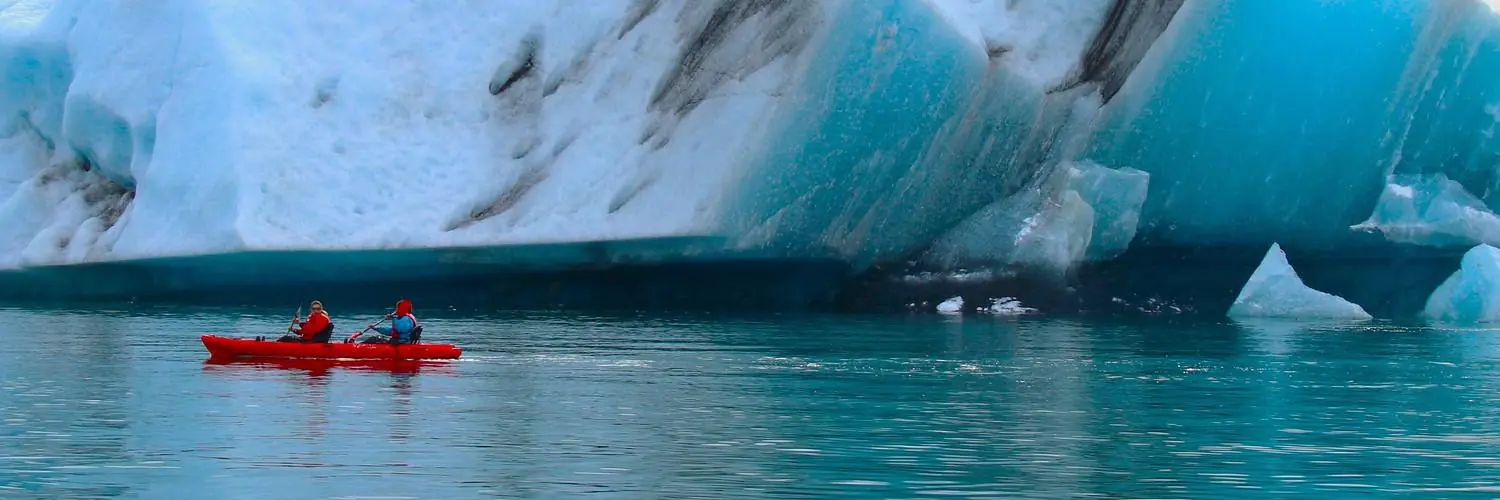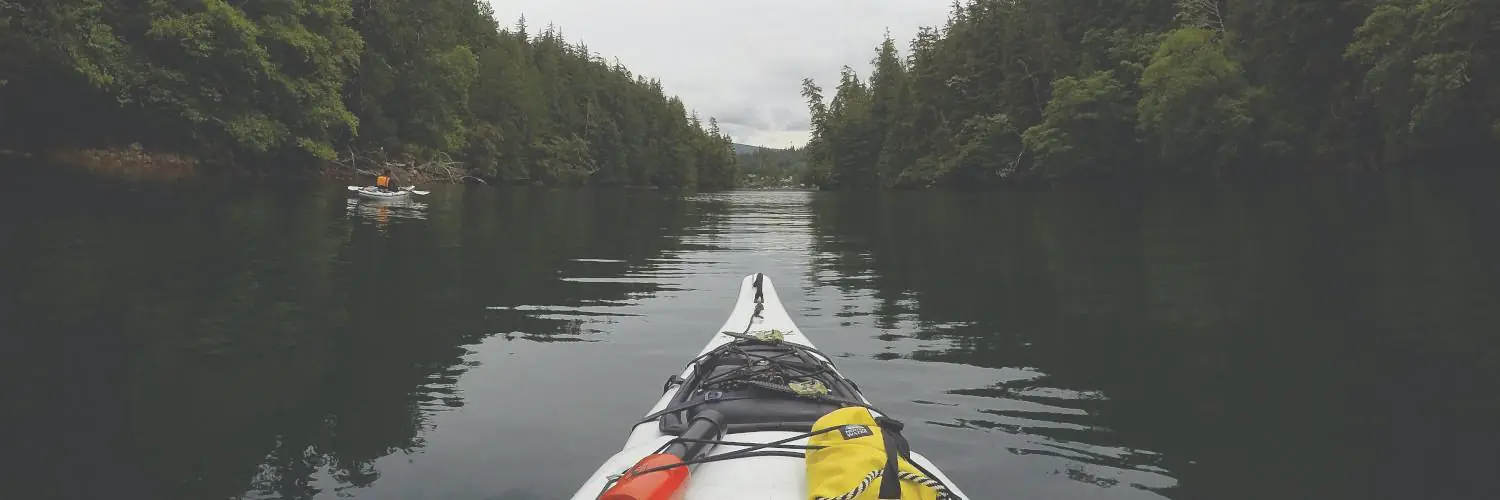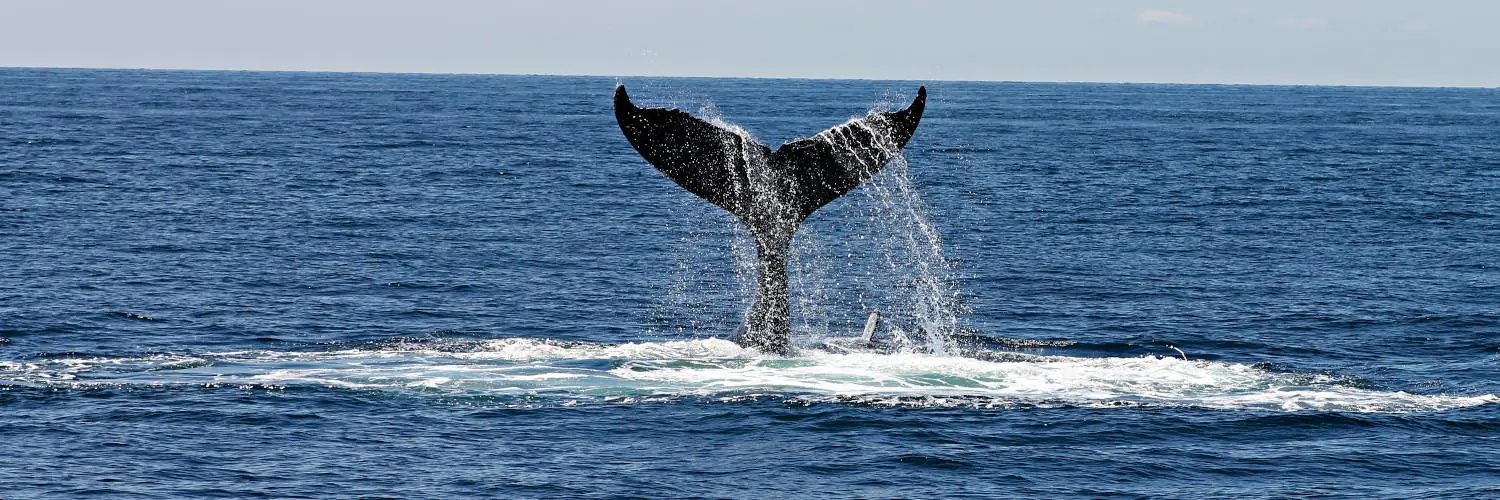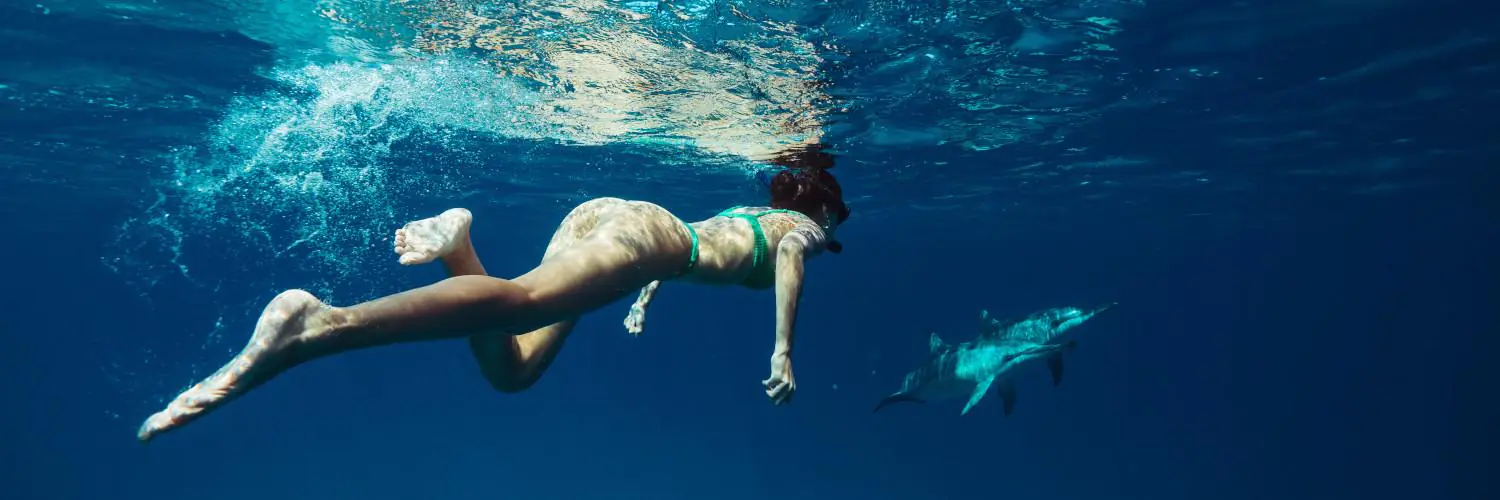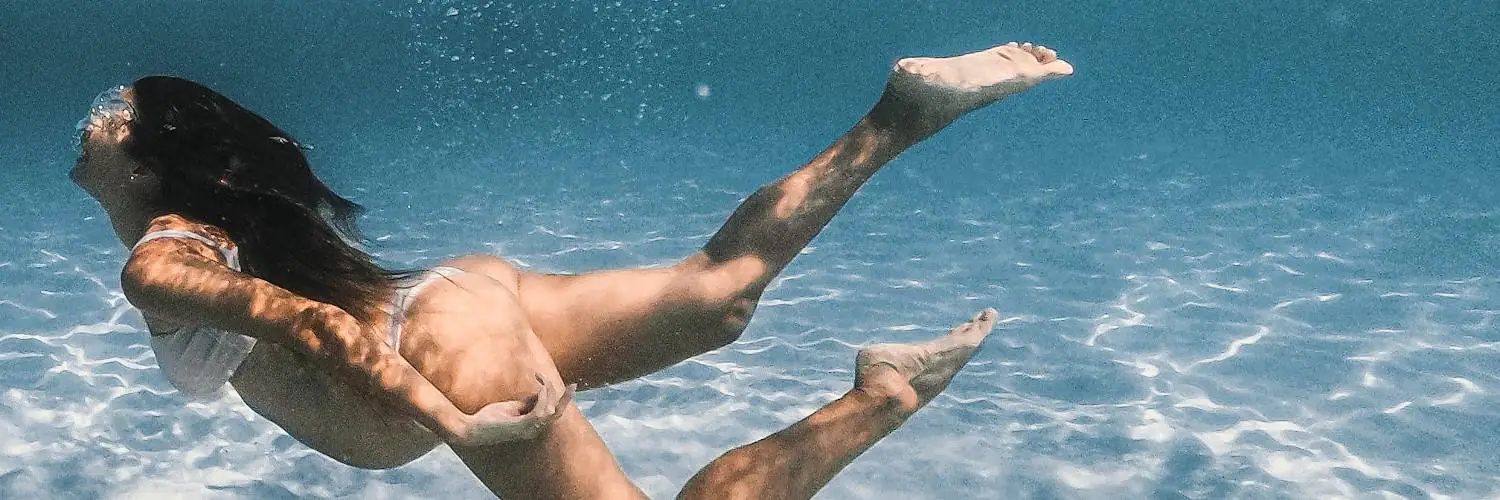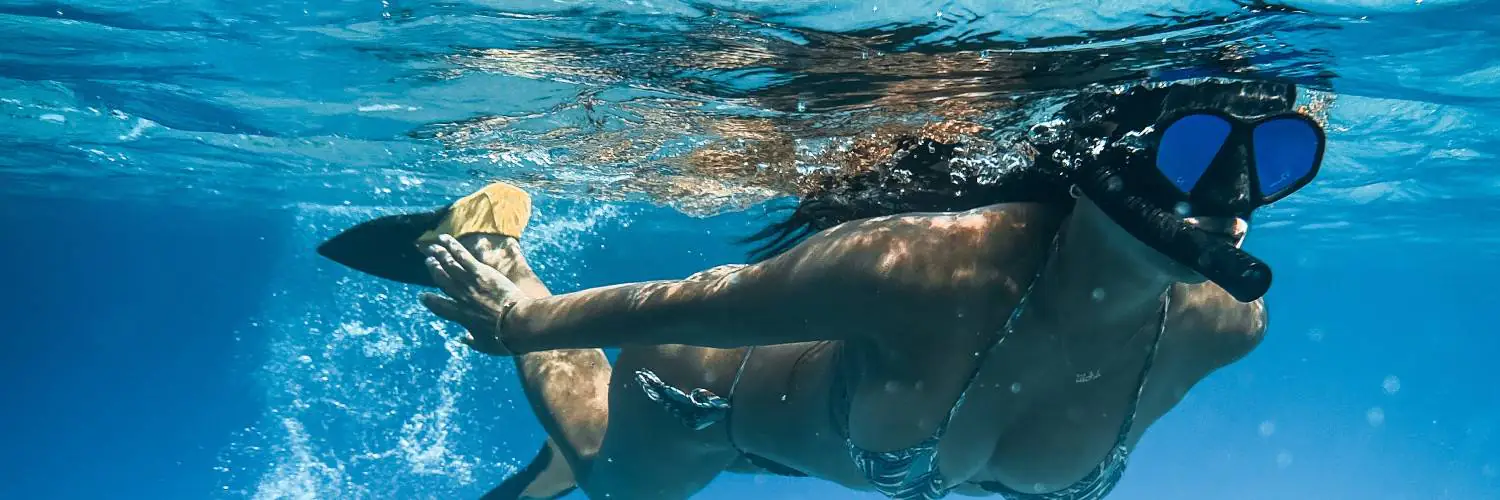Table of Contents
Snorkeling Asia: Top 10 Destinations for Underwater Exploration
Asia offers a breathtaking tapestry of marine environments, making it an esteemed destination for snorkeling enthusiasts. The region’s warm, clear waters are a sanctuary for a staggering diversity of coral species, vibrant schools of fish, and an array of enigmatic sea creatures. Snorkeling in Asia is not just a recreational activity; it is an invitation to witness the underwater symphony of life played out in the planet’s most dynamic aquatic ecosystems.
From the thriving reefs of Indonesia to the inviting shores of Thailand, snorkeling spots in Southeast Asia cater to every level of experience. Destinations like the Philippines boast some of the world’s most biodiverse waters, where one can drift over flourishing coral gardens. Meanwhile, the Celebes and South China Seas unveil a hidden world of turtles, stingrays, and occasional sightings of juvenile sharks. Whether it is a casual snorkel just off the beach or an excursion to secluded spots, the possibilities for marine exploration in Asia are virtually limitless.
Ensuring minimal environmental impact and preserving the pristine condition of these underwater wonders is paramount. As such, snorkelers are encouraged to engage with these habitats responsibly. The popularity and accessibility of snorkeling in Asia make it crucial for travelers to be aware of conservation efforts to protect these delicate ecosystems for future generations to marvel and enjoy.
Choosing the Right Snorkeling Gear
Selecting appropriate snorkeling equipment is a critical step for anyone looking to explore Asia’s underwater environments. The right gear enhances visibility, comfort, and safety.
Essential Equipment for Snorkelers
Snorkel Masks: A snorkel mask is vital for clear underwater vision. The best masks have a silicone skirt for a watertight seal and tempered glass for durability. Fit is paramount; the mask should sit snugly without discomfort.
- Fit Check: Test the mask without the strap by breathing in through the nose to ensure it stays in place.
- Lens Options: Some masks come with clear or tinted lenses; choose based on the typical sunlight conditions you expect to encounter.
Snorkels: There are several types of snorkels, but for starters, a comfortable and easy-to-use design is key.
- Dry Snorkel: Prevents water from entering the tube, which is particularly useful for beginners.
- Semi-Dry and Wet Snorkels: Have less complex mechanisms and may allow some water in. Understanding the purge valve, which aids in clearing water, is important.
Fins: Snorkel fins should balance efficiency and comfort.
- Full Foot: Ideal for warm water, fitting like a shoe.
- Open Heel: Paired with booties, suitable for varied temperatures and conditions.
Advanced Snorkeling Gear for Enthusiasts
For those who plan to snorkel frequently or in diverse conditions, specialized gear can be valuable.
Enhanced Masks:
- Prescription Lenses: For clear vision without contacts or glasses.
- GoPro Mounts: Some masks come equipped with attachments for action cameras.
High-Tech Snorkels:
- Flex Tubes: Reduce jaw fatigue.
- Hydrodynamic Designs: Improve airflow and reduce drag.
Specialized Fins:
- Split Fins: Offer more propulsion with less effort.
- Adjustable Straps and Pivoting Blades: Adapt to individual swimming styles and conditions.
In Asia, where waters can range from calm and clear to dynamic with varying visibility, the need for the right snorkel, mask, and fins becomes evident. They must ensure comfort, fit, and function to allow the enthusiasts to focus on the beauty beneath the waves.
Top Snorkeling Destinations in Asia
Asia’s vast marine ecosystems offer some of the best snorkeling experiences in the world, from the rich biodiversity of the Philippines to the heart of the Coral Triangle in Indonesia, and the inviting waters around Malaysia’s islands.
Philippines: Rich Marine Biodiversity
The Philippines is a snorkeling paradise, boasting locations like Donsol, known for interactions with whale sharks, and the Tubbataha Reefs Natural Park, a UNESCO World Heritage Site. Apo Reef and Palawan are illustrious for their vibrant coral gardens and diverse marine life.
Indonesia: The Heart of the Coral Triangle
Indonesia sits at the center of the Coral Triangle, an area famed for having the highest diversity of marine species in the world. Snorkelers are drawn to the Komodo National Park and Raja Ampat for unparalleled sights of underwater biodiversity. Bali and Nusa Penida offer more accessible snorkeling spots with vibrant coral reefs and rich marine fauna.
Malaysia: The Perhentian and Gili Islands
Malaysia’s snorkeling scenes shine at the Perhentian Islands with clear waters and abundant sea turtles. The Gili Islands, off the northwest coast of Lombok, are admired for their laid-back atmosphere and impressive underwater life. Spots like Koh Tao provide ample opportunities to observe a variety of fish and corals.
Exploring Marine Ecosystems
Asia’s snorkeling destinations offer an intimate view of some of the most complex and biodiverse marine ecosystems in the world, notably their coral reefs and the marine wildlife that inhabits them.
Coral Reefs: The Underwater Rainforests
Coral reefs in Asia are often equated to underwater rainforests due to their rich biodiversity. These structures are built by colonies of tiny creatures called coral polyps, which collectively form vast, vibrant underwater landscapes. The reefs serve as crucial habitats for a multitude of marine species.
- Coral Types:
- Staghorn and table corals are prominent structures within these underwater rainforests.
- Soft corals like sea fans wave gently in the currents, contributing to the dynamic landscape.
- Fish Diversity:
- Tropical fish such as clownfish, parrotfish, and butterflyfish are common reef dwellers.
- Larger species like barracuda glide between coral outcrops, adding to the sense of a living community.
Home of Marine Wildlife: Turtles, Sharks, and Rays
The richness of Asia’s marine life extends beyond the realms of coral reefs into the open waters where larger marine animals thrive. Turtles, sharks, and rays are the main attractions for snorkelers seeking encounters with majestic sea creatures.
Turtles:
- Green turtles and hawksbill turtles seek refuge and sustenance among the reefs.
- Nesting sites can be found on beaches adjacent to reefs, critical for their continued survival.
Sharks and Rays:
- Whale sharks, the gentle giants of the sea, are spotted in areas like the Philippines and Thailand.
- Manta rays glide through Manta Point in Indonesia, while smaller rays bury themselves in sandy sea floors.
Other Inhabitants:
- The curious and often overlooked nudibranchs are spotted in various shades and sizes, displaying a rainbow of colors.
- Komodo dragons on certain Indonesian beaches highlight the intersection of marine and terrestrial life.
Conservation and Responsible Snorkeling
The vitality of reef ecosystems and marine life conservation in Asia is directly influenced by snorkeling practices. Responsible snorkeling is imperative to ensure the longevity and health of underwater environments.
Protecting Coral Reefs and Marine Fauna
Coral reefs are crucial to marine ecosystems, hosting a large diversity of species. Conservation efforts include initiatives by organizations such as the United Nations Environment Programme (UNEP) and The Reef-World Foundation, which have taken steps to mitigate reef degradation through the Green Fins initiative. This program collaborates with dive centers to alleviate stress on coral reefs by establishing sustainable diving and snorkeling practices. In Asia, areas around the Coral Triangle are particularly rich in biodiversity and require stringent measures to maintain their delicate balance.
Coral Reef Conservation Initiatives:
- UNEP’s Green Fins initiative
- The Reef-World Foundation’s involvement
- Local conservation projects
Key Threats to Coral Reefs and Marine Life:
- Physical damage from snorkelers and divers
- Pollution from tourism activities
- Overfishing and destructive fishing practices
Best Practices for Eco-Friendly Snorkeling
Snorkelers can adopt several best practices to reduce their impact on marine environments. Foremost, they should avoid touching or stepping on coral, which can cause significant damage to these fragile organisms. Eco-friendly sunscreen is recommended to prevent chemical pollution. Participation in environmentally responsible tourism, such as selecting eco-certified tour operators, can contribute to preservation efforts.
Behaviors for Responsible Snorkeling:
- No contact with coral reefs
- Use of biodegradable sunscreen
- Avoiding feeding fish or other marine life
Choosing the Right Gear and Tour Operators:
- Snorkeling with non-invasive gear
- Selecting operators that enforce conservation guidelines
Through these actions, snorkelers can ensure they leave a minimal environmental footprint, allowing the underwater beauty of Asia’s marine ecosystems to thrive for future generations.
Off the Beaten Path: Remote and Secluded Spots
In Asia, snorkelers can discover secluded beaches and remote underwater worlds, far from crowded touristic hotspots. These hidden locations often boast some of the region’s most pristine and untouched marine environments.
Hidden Gems for Tranquil Snorkeling Adventures
Koh Rong Island, Cambodia:
- Location: Off the coast of Sihanoukville
- Highlights: Untouched beaches; vibrant marine life
- Description: Home to remote beaches with crystal-clear waters, it offers a peaceful snorkeling experience where one can explore the thriving coral reefs with minimal disturbances.
Oslob, Philippines:
- Location: Island of Cebu
- Highlights: Whale shark encounters; clear visibility
- Description: Known for the opportunity to snorkel with the majestic whale sharks, this location provides a unique experience in relatively undisturbed waters.
Moalboal, Philippines:
- Location: Southwest of Cebu Island
- Highlights: Coral reefs; diverse marine life
- Description: Featuring a six-mile-long coral reef, Moalboal is a snorkeler’s haven for those wishing to spot green turtles and a spectrum of fish in a secluded setting.
Each destination presents an incredible chance for snorkelers to immerse themselves in tranquil waters, far removed from the typical tourist trails.
Cultural and Adventure Combos
Asia’s snorkeling experiences often pair beautifully with cultural excursions, offering travelers a multifaceted adventure. These combos allow for a deeper understanding of the region’s traditions, with hands-on activities for a memorable holiday.
Combining Snorkeling with Local Excursions
For those looking to immerse themselves in the marine beauty and cultural tapestry of Asia, destinations like Thailand, Vietnam, and Cambodia offer a rich tapestry of experiences. This includes world-class snorkeling alongside authentic local excursions.
Thailand: An example is Koh Nang Yuan, near Koh Tao, which is well-known for its clear waters and abundant marine life like the green turtle. Snorkelers can further explore Thailand by engaging in kayaking along the coast, or hiking to vantage points for breathtaking scenery. The juxtaposition of Thailand’s vibrant marine biology with the serenity of the inland wilderness provides an all-inclusive holiday experience.
Vietnam: In Vietnam, vacationers can enjoy snorkeling trips that explore the diverse aquatic world around islands such as Phu Quoc. A trip might include visiting local villages or historical sites in destinations like Phnom Penh and Sihanoukville. Additionally, Vietnam’s coastline is excellent for water sports such as surfing and kayaking.
Cambodia: The warm waters of Cambodia offer opportunities to observe unique marine creatures including dugongs. Shore excursions could involve exploring the rich history of places like Terengganu or hiking in the lush landscapes that abound. The region is also known for its heritage, with the chance to visit local markets and participate in village life.
A table summarizing key cultural and adventure combos in these destinations:
| Destination | Marine Highlight | Cultural Excursion | Adventure Activity |
|---|---|---|---|
| Thailand: Koh Nang Yuan | Green turtles | Local island tours | Hiking and kayaking |
| Vietnam: Phu Quoc | Diverse marine life | Village visits | Surfing and kayaking |
| Cambodia: Terengganu | Dugongs | Market tours | Hiking in natural reserves |
Integrating snorkeling with cultural excursions and adventure activities provides travelers with a holistic experience of Asia’s waters and its terrestrial wonders. Each location presents a unique combination of environmental exploration and cultural connection, all while fostering responsible tourism and appreciation for local customs and ecosystems.
When to Visit for the Best Snorkeling Experience
Snorkeling enthusiasts often seek the ideal times to explore Asia’s marine landscapes. This involves understanding weather patterns and when marine life is most vibrant in particular regions.
Seasonal Weather and Marine Life Patterns
In Asia, diverse regions have specific best times for snorkeling due to variations in weather and marine life activities. For instance:
Thailand: The optimal period for snorkeling around islands like Koh Samui, Koh Phangan, and Koh Tao is from May to September, outside the monsoon season. Visitors can expect warm, clear waters and an abundance of marine life, including the chance to see bioluminescent plankton on night snorkeling excursions.
Sri Lanka: The west and south coasts, including spots around Galle, are best visited from October to April, aligning with the dry season when visibility is highest and the seas are calmer.
Philippines: Many snorkeling spots, such as those around Palawan and Cebu, have favorable conditions almost year-round, but the peak visibility and calm waters are often from December to May.
It is essential for travelers to check with local sources about current conditions as weather and marine patterns can change. The influx of marine life also fluctuates; for example, visitors might encounter migrating whale sharks during certain months at specific locales in the Philippines.
Travel Tips and Preparations
Ensuring a successful snorkeling adventure in Asia requires attention to health, safety, and logistical planning to fully enjoy the region’s aquatic diversity, from bamboo sharks to the delicate dance of cuttlefish.
Health, Safety, and Logistics for Snorkelers
Health: Snorkelers should be in good physical condition before embarking on their underwater journey. It is essential to be comfortable in the water and to have basic swimming skills. Invest in a quality mask that fits well to prevent water leakage and ensure clear visibility. Be aware of and respect local marine life; encounters with species like angelfish and seahorses are common, and while they are beautiful, they should be observed at a safe distance to avoid causing them stress or harm.
Safety: Always snorkel with a buddy and be aware of your surroundings, including water currents and weather conditions. Instructive signage or guides can often alert snorkelers to the presence of potentially hazardous marine life, such as bamboo sharks in Thailand or cuttlefish in Malaysia, though these species are generally not aggressive towards humans. Additionally, consider wearing a life jacket or snorkeling vest for added buoyancy and safety.
Logistics: When planning your trip, look for direct flights to destinations like Ngurah Rai International Airport in Indonesia or other well-connected hubs in Southeast Asia to minimize travel time. Select destinations renowned for their clear lagoons and rich underwater ecosystems, such as the Komodo dragons of Indonesia or the vibrant reefs of the Philippines. West Papua and Vietnam also offer exceptional snorkeling opportunities.
Documentation: Ensure all travel documents are in order, including visas for countries like Vietnam or Thailand if required by your nationality. Research and comply with the conservation rules of each destination; places like Komodo National Park in Indonesia have strict guidelines to protect local wildlife, including the famous Komodo dragons.
Gear: Besides a fitting mask, other essential gear includes snorkel, fins, and, optionally, a wetsuit for protection against the sun and cooler waters. Basic equipment is often available for rent at popular snorkeling spots, but for frequent snorkelers, investing in personal gear can enhance the experience.
Local Expertise: Consider hiring a local guide, particularly when exploring less trafficked areas like the rich reefs of Cambodia or the secluded lagoons of Vietnam. A guide can provide valuable insight into hidden spots and regional marine life behavior.
Before embarking on an Asian snorkeling adventure, it’s crucial for travelers to thoughtfully prepare to ensure the best possible experience.



